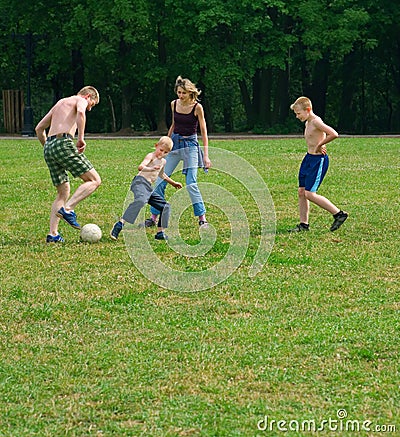
People today switch not just jobs, but careers several times in their work years. That wasn’t usually the case for the generation of people now retiring. These were the company men—you got a job with Industrial Behemoth, Inc. when you were young, and you stayed there until you retired. You weren’t encouraged to do much more than be an employee, a husband, and a father. The women were encouraged to stay home and raise the kids while tending to the endless household chores. You didn’t have hobbies; you had responsibilities.
But what now? You’ve retired, the kids are long gone and that dream of hours of leisure time might have become a nightmare. Throughout this book, I’ve shown how running is not just exercise; it’s a lifestyle. No, you’re not going to spend your entire day running, but it does help to center your day. Having this activity on your schedule has a way of organizing your day; there seems to be more of a purpose to what you do. I keep mentioning how running improves the quality of your life. This benefit is especially important for older people, who suffer from depression at a higher rate than young people. One of the most amazing runners I know of is Warren Utes of Park Forest, Illinois. Utes began running in 1978 at age 58. When he retired in 1985, he had several years of base behind him and went on a running rampage that hasn’t stopped. Among his many records are a 39:41 10K at age 74, making him the oldest person ever to break 40:00 for the distance. Need me to do the math? That’s almost 6:20 per mile for 6.2 miles! Utes runs 60 miles a week and is having the time of his life. Wouldn’t you like to join him?





